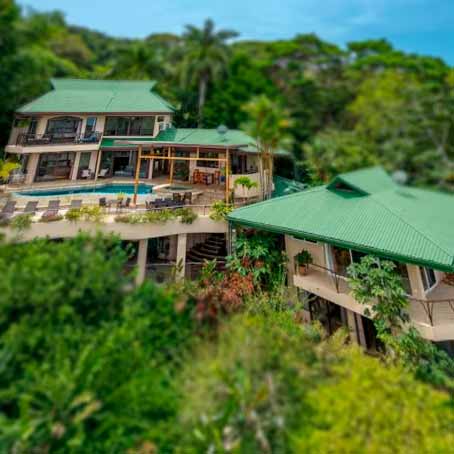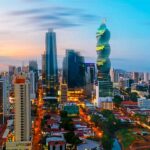When it comes to finding the perfect location for your new place in Costa Rica, there are several factors to consider that will greatly impact your day-to-day life.
From the climate to the lifestyle and amenities available, it’s important to thoroughly research and explore the different regions before making a decision. In this article, I will guide you through the process of choosing the ideal location in Costa Rica, whether you prefer the mountains, beaches, or the Central Valley.
Посмотреть более крупную карту
Factors to consider when choosing a location – climate, lifestyle, and amenities
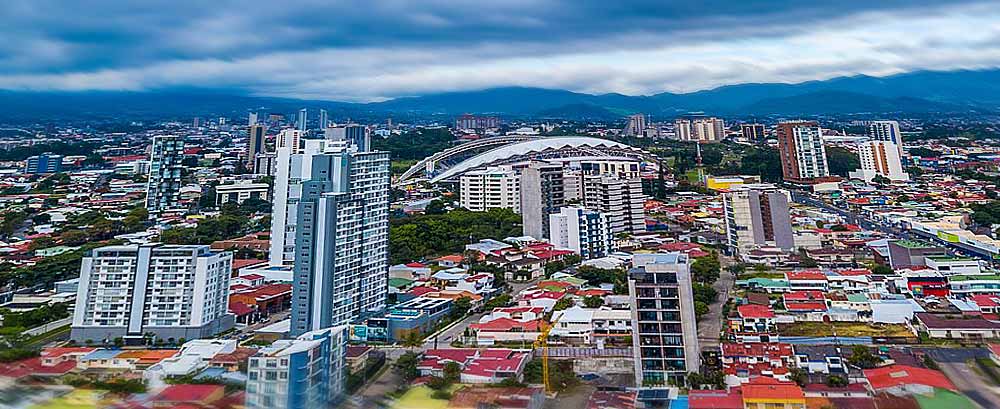
The first step in finding the perfect location is to assess your needs and preferences. Climate is a crucial factor to consider, as Costa Rica experiences both rainy and dry seasons. If you enjoy warm weather and the beach lifestyle, living on the coast might be the best choice for you. However, keep in mind that beachfront living often means dealing with higher temperatures and humidity. On the other hand, if you prefer a cooler climate and enjoy being surrounded by lush greenery, the mountains might be a better fit. The Central Valley offers a balance between the two, with a more moderate climate and access to amenities.

Speaking of amenities, it’s essential to consider what you value in terms of lifestyle. Are you looking for a vibrant nightlife, trendy restaurants and cafes, or a quieter, more laid-back atmosphere? Researching towns and neighborhoods will help you determine which areas align with your lifestyle preferences. Proximity to amenities such as grocery stores, hospitals, and recreational activities should also be taken into account.
Exploring the different regions of Costa Rica – Mountains, Beaches, and Central Valley
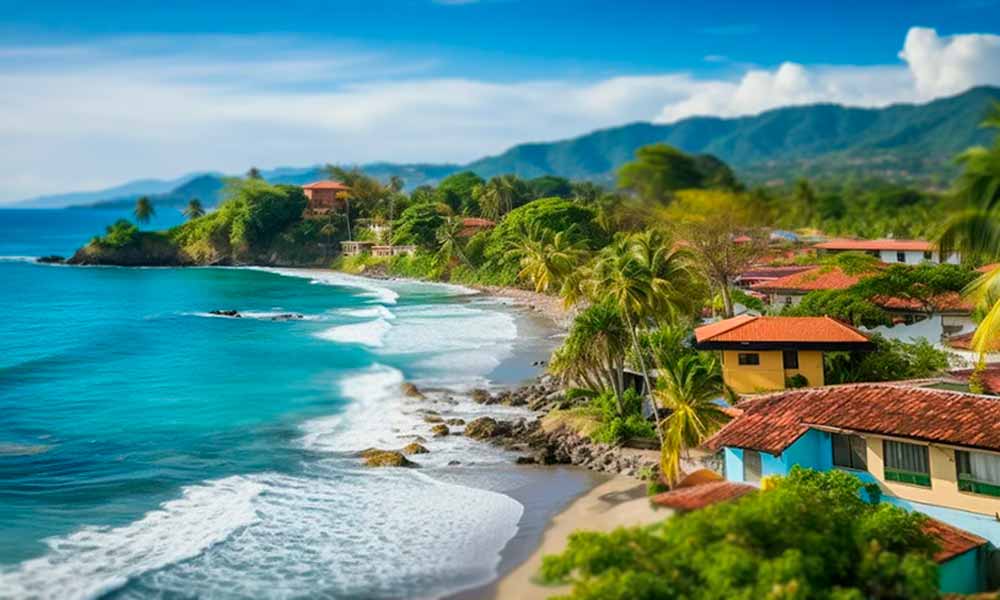
Now, let’s delve into the various regions of Costa Rica to help you gain a better understanding of what each has to offer. Starting with the beaches, this is where you’ll find a vibrant coastal lifestyle and access to stunning ocean views. Living on the beach has its perks, including the opportunity for water sports, beachside relaxation, and breathtaking sunsets. However, it’s important to consider the challenges that come with beachfront living, such as the heat, humidity, and the potential for higher living costs.
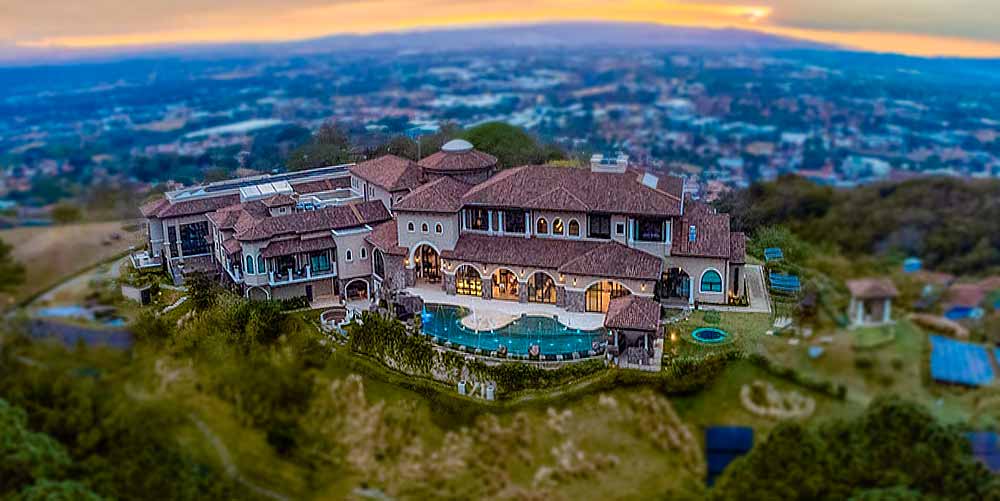
If you’re someone who appreciates cooler temperatures and enjoys being surrounded by nature, living in the mountains might be the perfect fit. The mountainous regions of Costa Rica offer a cooler climate, stunning landscapes, and a chance to immerse yourself in the country’s natural beauty. Additionally, the mountain communities often have a close-knit feel and a slower pace of life, which can be appealing for those seeking a peaceful and tranquil environment.
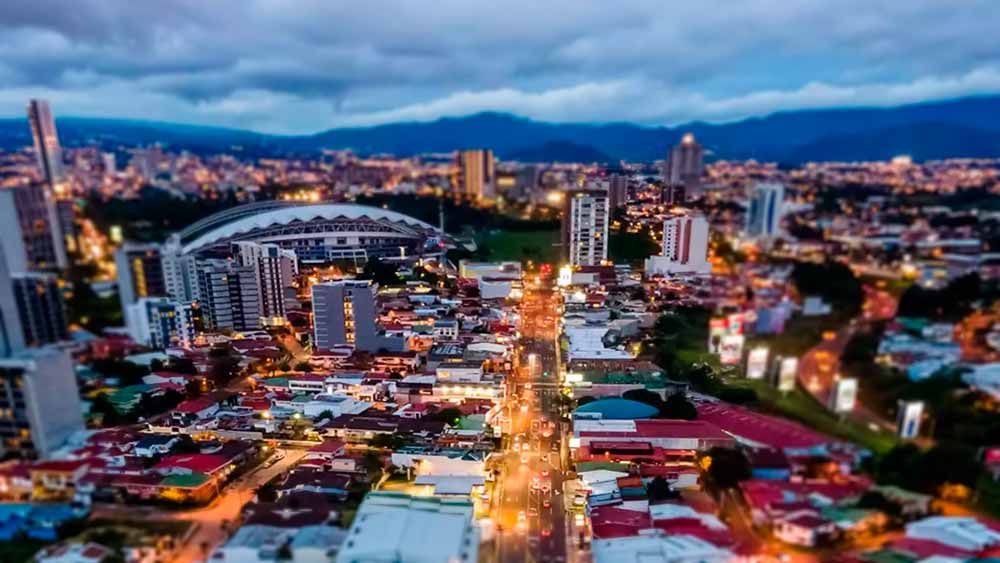
For those who prefer a more balanced lifestyle, the Central Valley is worth exploring. This region encompasses the capital city of San Jose and its surrounding towns. The Central Valley offers a mild climate, access to modern amenities, and a diverse range of cultural activities. It serves as a hub for business and education, making it an attractive option for individuals and families looking for a mix of urban convenience and natural beauty.
Understanding the climate in Costa Rica – rainy and dry seasons
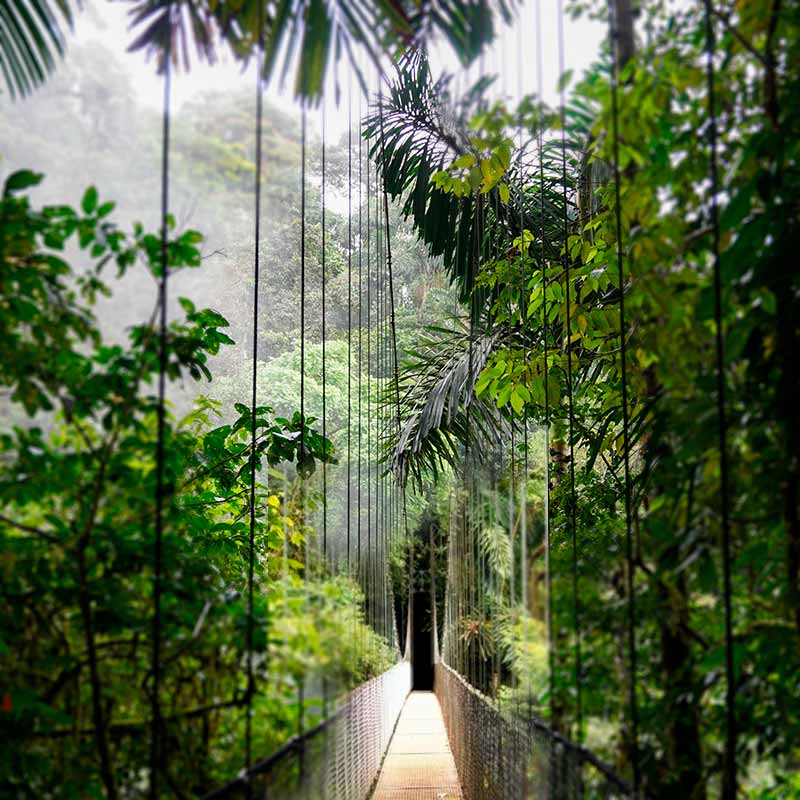
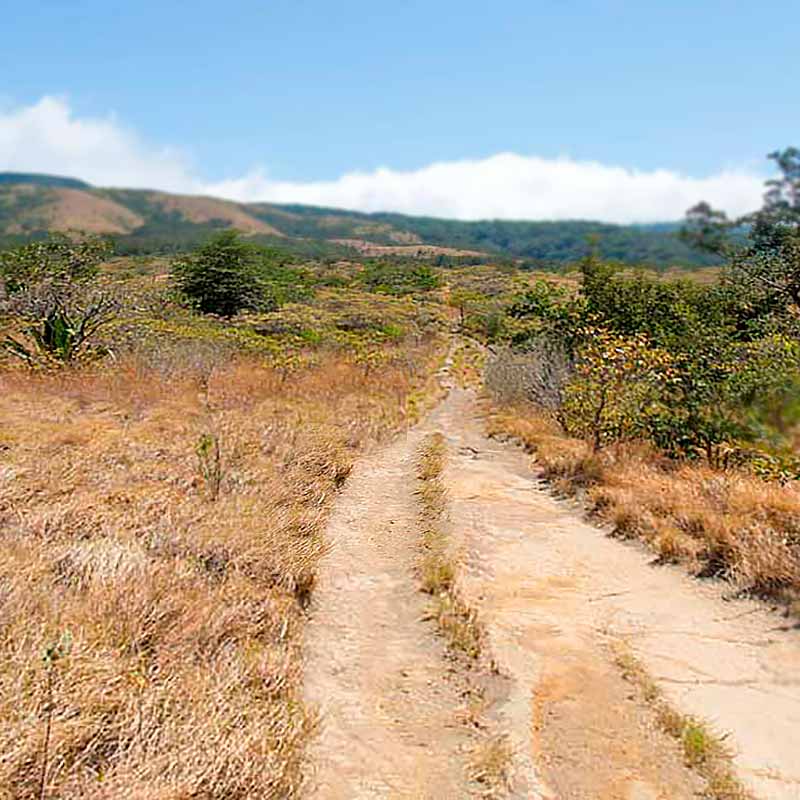
One of the unique aspects of Costa Rica’s climate is the distinction between the rainy and dry seasons. The rainy season, also known as the “green season,” typically runs from May to November, while the dry season lasts from December to April. The climate can vary significantly depending on the region, with the Caribbean coast experiencing more rainfall compared to the Pacific coast.
During the rainy season, you can expect daily showers, which may impact outdoor activities and transportation. However, the lush green landscapes and fewer tourists can make this an appealing time to explore the country. On the other hand, the dry season offers sunny and warm weather, making it the peak tourist season. It’s important to consider your preferences and tolerance for rain when choosing the perfect location in Costa Rica.
Researching towns and neighborhoods – proximity to amenities and lifestyle preferences
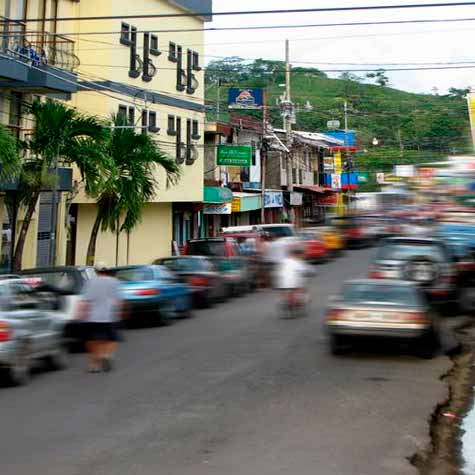
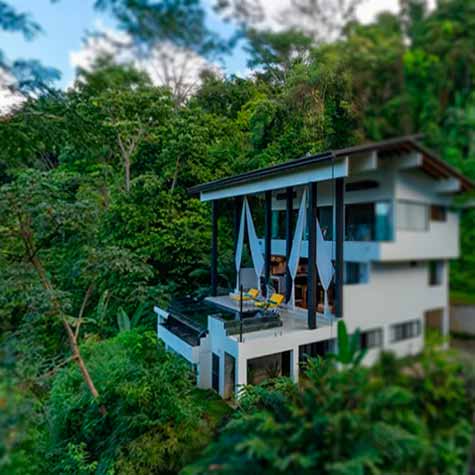
Once you have a clearer idea of the region you’re interested in, it’s time to dive deeper into researching specific towns and neighborhoods. Proximity to amenities such as grocery stores, healthcare facilities, and schools should be a top priority, especially if you have a family or specific needs. Consider the type of lifestyle you desire and look for areas that align with your preferences. Are you seeking a bustling town with a vibrant social scene, or a quieter neighborhood surrounded by nature? Online resources, local forums, and connecting with expat communities can provide valuable insights into different areas.
Navigating the transition – searching for rentals and real estate
When transitioning to a new place in Costa Rica, whether it’s for a short-term stay or a permanent move, it’s crucial to have a well-planned strategy. Renting a place initially allows you to get a feel for the location and determine if it meets your needs. There are various websites and resources available for finding both short-term vacation rentals and long-term rentals. Popular websites such as Airbnb and VRBO offer a range of options, but keep in mind that short-term rentals can be pricey. Real estate agents specializing in rentals can also assist in your search. They have local knowledge and can guide you through the process of finding a suitable lease. Typically, long-term rentals in Costa Rica range from three to 12 months, and you’ll have the option to choose between furnished and unfurnished places.
The rental market in Costa Rica – websites and resources for finding short-term and long-term rentals
When it comes to the rental market in Costa Rica, there are several websites and resources you can utilize to find your perfect place. As mentioned earlier, popular vacation rental platforms like Airbnb and VRBO offer a wide range of options for short-term stays. These platforms allow you to filter your search based on location, amenities, and price range.
For long-term rentals, websites such as Encuentra24, Costa Rica MLS, and Craigslist can be valuable resources. These platforms provide listings from both private owners and real estate agencies. Connecting with local expat communities and forums can also provide valuable insights and recommendations for finding rentals in specific areas.
Renting a furnished or unfurnished place – pros and cons

When deciding between renting a furnished or unfurnished place, it’s important to weigh the pros and cons. Renting a furnished place can be convenient, especially if you’re moving to Costa Rica temporarily or don’t want the hassle of purchasing furniture. Furnished rentals typically include appliances such as a refrigerator and washer/dryer, as well as furniture, bed linens, and kitchen essentials like plates and cutlery. These turn-key rentals allow you to settle in quickly and focus on exploring your new surroundings.
On the other hand, renting an unfurnished place gives you the freedom to personalize your space and choose your own furniture. This option is ideal for individuals planning a long-term stay or those who already have their belongings. Keep in mind that unfurnished rentals might not include appliances or furnishings, so you’ll need to factor in the cost of purchasing these items.
What to expect in a rental – appliances, furniture, and utilities

When renting a place in Costa Rica, it’s important to have a clear understanding of what to expect in terms of appliances, furniture, and utilities. Furnished rentals typically come with essential appliances such as a refrigerator, stove, and washer/dryer. However, it’s always a good idea to confirm these details with the landlord or property manager before signing a lease. Additionally, furnished rentals should include basic furniture such as a bed, sofa, and dining table.

When it comes to utilities, renters are generally responsible for paying their own electricity, water, and internet bills. Some rentals may include certain utilities in the monthly rent, so it’s important to clarify this information in advance. Internet and cable services are widely available in most areas of Costa Rica, but the speed and reliability can vary depending on the location.
Exploring real estate options – buying a house or condo
If you’re considering a more permanent move to Costa Rica, exploring real estate options might be the right path for you. Buying a house or condo allows you to establish a home and invest in property in this beautiful country. There is a wide range of real estate options available, from beachfront villas to mountain retreats and urban condos.

Working with a reputable real estate agent who specializes in the Costa Rican market is highly recommended. They can guide you through the process, help you find properties that match your criteria, and ensure a smooth transaction. Keep in mind that buying real estate in Costa Rica requires careful consideration and due diligence, so take the time to research and understand the local regulations and market conditions.
Shipping down your belongings – considerations for relocating to Costa Rica

If you’re planning a permanent move to Costa Rica, you’ll need to consider the logistics of shipping down your belongings. Before making any decisions, it’s important to assess the cost and feasibility of transporting your items. Some larger furniture pieces may not be worth the expense of shipping and could be more cost-effective to purchase locally.
When shipping your belongings, it’s crucial to work with a reputable international moving company that specializes in relocation to Costa Rica. They will guide you through the process, assist with customs documentation, and ensure the safe transport of your items. It’s also important to familiarize yourself with the import regulations and restrictions in Costa Rica to avoid any complications during the shipping process.
Conclusion – finding the perfect location for your new place in Costa Rica
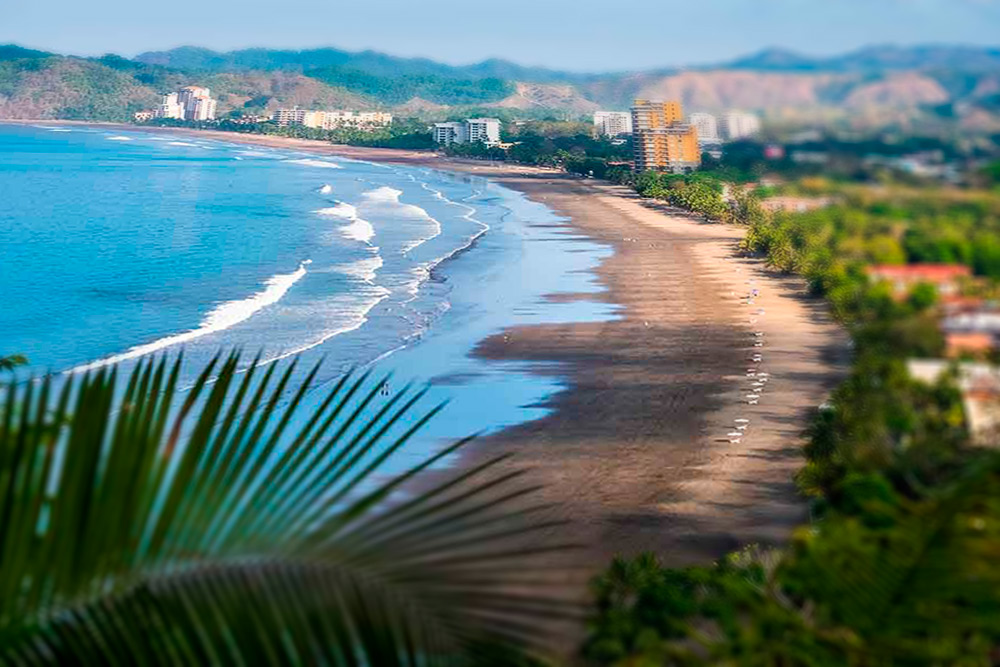
Choosing the perfect location for your new place in Costa Rica requires careful consideration of various factors, including climate, lifestyle preferences, and proximity to amenities. Whether you’re drawn to the beach, mountains, or the Central Valley, each region offers unique advantages and considerations. Researching towns and neighborhoods, exploring the rental market, and understanding the local climate will help you make an informed decision.
If you’re considering a more permanent move, exploring real estate options and working with a reputable real estate agent can guide you through the buying process. Finally, when relocating to Costa Rica, consider the logistics of shipping down your belongings and ensure you’re well-prepared for the transition. With thorough research and planning, you can find the perfect location that suits your needs and embark on an exciting new chapter in Costa Rica.








